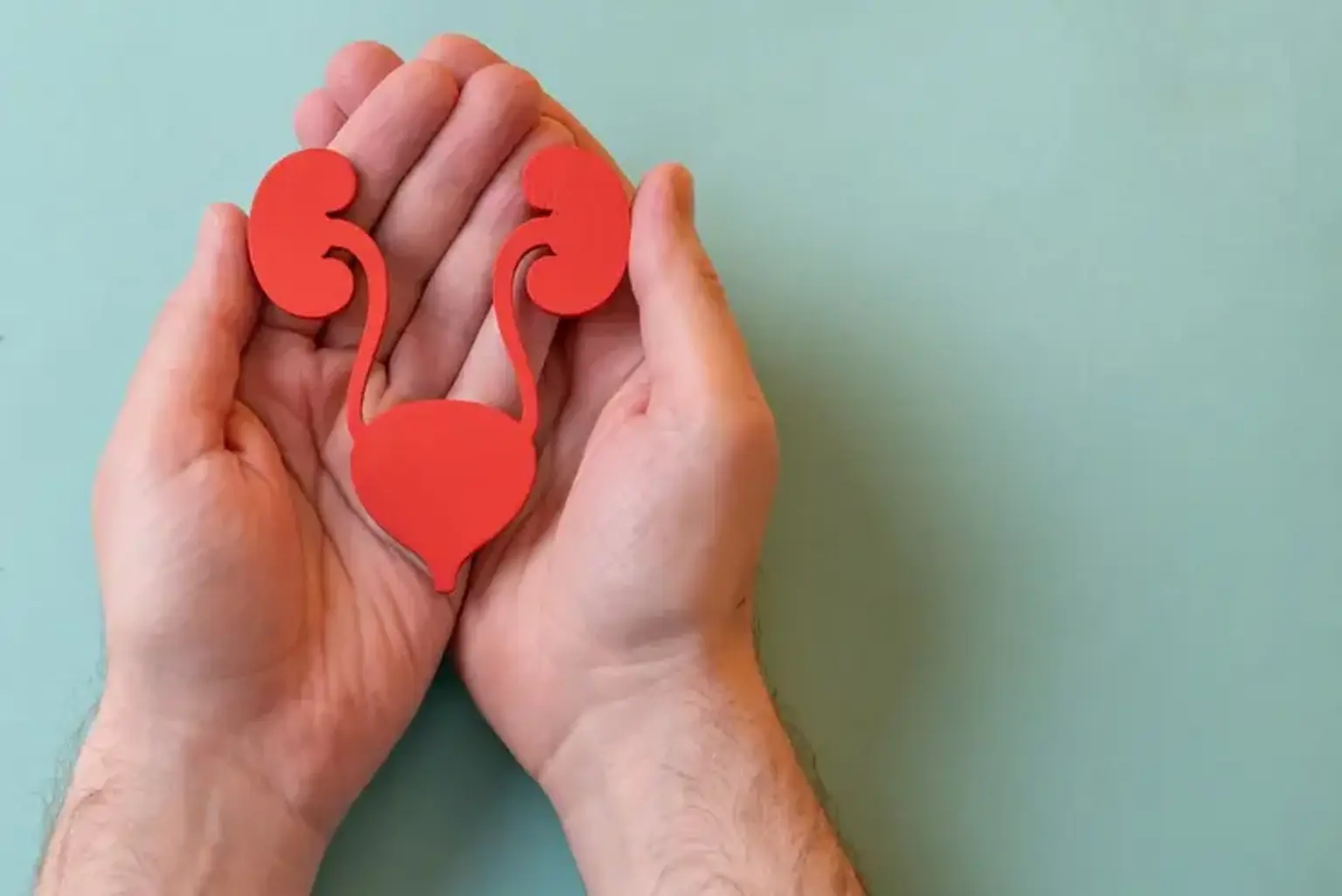Laparoscopic Ureteroneocystostomy
Overview
Treatment for ureteral lesion, stricture, and blockage is often determined by the length of the defect, location, origin, and time of diagnosis. Laparoscopic ureteroneocystostomy is the surgery of choice for correcting distal ureteral injuries near the bladder without the need for major skin incisions. These injuries vary from more proximal injuries in that they are typically linked with disruption of the blood supply from the iliac arteries and so require a ureteroneocystostomy to be repaired.
Correction of ureteral abnormalities longer than 5 cm is possible with modifications such as a psoas hitch (tacking the posterior bladder wall to the psoas muscle) and a Boari flap (tubularization of a bladder flap extending from the bladder to the ureteral orifice).
Principles for obtaining successful ureteroneocystostomy outcomes include lack of tension, debridement and spatulation of the ureter, and postoperative drainage.
